SALT Landscape Architects is a Los
Angeles-based design studio that creates enduring, engaging, and innovative
landscapes at a range of scales. The firm’s name, derived from “salt of the
earth,” reflects the grounding and site-specific nature that we strive for in
all of our projects. We believe well designed landscapes should be poetic,
dynamic, and evolving, as well as ecologically sensitive. Our designs are rooted in the unique
character of a site’s individual spatial qualities, environment, history and
context. Our spaces express the specific enduring qualities of their
distinctive location, serves the needs of the users, and connects visitors to
the land and environment.
We believe collaboration produces better projects. We work closely with clients and communities to fully understand their objectives and desires for the project and carefully study the existing environmental conditions such as microclimates, soil, topography, wind, and sun patterns that inform the final design. Our realized projects are the product of an open process through which we engage in an ongoing dialogue with the client and community from concept through construction. Through this collaboration, the innovative use of materials, the integration of sustainable strategies, and a sensitivity to the specific site, we create meaningful and memorable spaces.
SALT Landscape Architects
448 S Hill Street, Suite 708
Los Angeles, CA 90013
+1 (213) 234-0057
studio@salt-la.com
︎
We believe collaboration produces better projects. We work closely with clients and communities to fully understand their objectives and desires for the project and carefully study the existing environmental conditions such as microclimates, soil, topography, wind, and sun patterns that inform the final design. Our realized projects are the product of an open process through which we engage in an ongoing dialogue with the client and community from concept through construction. Through this collaboration, the innovative use of materials, the integration of sustainable strategies, and a sensitivity to the specific site, we create meaningful and memorable spaces.
SALT Landscape Architects
448 S Hill Street, Suite 708
Los Angeles, CA 90013
+1 (213) 234-0057
studio@salt-la.com
︎
![]() ALLEN COMPTON
ALLEN COMPTON
founder / principal
Raised in Dallas, Allen spent his childhood fishing at the lakes in East Texas, which he credits with instilling both a sense of independence and a deep love for landscape. With a Renaissance spirit, he studied physics as an undergraduate before pursuing an MFA in photography, then working in California’s burgeoning tech industry in the late 1990s. Though the rapid pace of the industry ‘did feel like we were changing the world’, he says, it also felt abstract; Allen craved something more tangible - landscape architecture, he found, coupled a creative practice with opportunities for innovation and narrative storytelling along with a chance to apply the structure and rigor of his physics background.
In 2009, he established SALT Landscape Architects, steadily growing the business over a decade into a flourishing boutique firm. A culture-driven office, SALT prioritizes collaboration and ‘turning the chair around’ – encouraging input and feedback from all team members. And, for Allen, assembling a team with diverse backgrounds and experience is crucial. A strong egalitarian thread runs through not only the company culture but also its projects, with a focus on social justice and environmentalism, and a mission to help ‘humanize the city’ and create more equitable open and green spaces. Allen and his team are passionately committed to helping tackle the homelessness crisis in Los Angeles, with affordable housing projects and permanent supportive housing projects. Along with large scale, multi-acre projects such as institutional retreats and urban parks, Allen is drawn to quirky, innovative, multi-sensory projects, at the confluence of history, art, and design. Key to SALT’s ethos is the absence of single authorship, and the ambition that every design and project should always be ‘more about the user than the author’.
Allen is a member of ASLA and is on the Advisory Board of the Los Angeles River Public Art Project. He is a frequent guest critic in the landscape programs of CalPoly Pomona, USC, and UCLA Extension.
![]() ANNIE PAI
ANNIE PAI
senior associate
Growing up in the city of Taipei, Taiwan, where outdoor space was at a premium, Annie developed a deep affinity for parks, gardens, and public spaces. After settling in Los Angeles, becoming a mother instilled a strong desire in her to support the community in simple but important ways, such as increasing shade coverage so park benches are comfortable for families to use - work which she feels also connects her family life to her professional life.
Her work on healing gardens – open green space for staff, patients, and visitors alike – has been of particular meaning to Annie, having spent time with her own mother in a hospital in Taiwan, where there was no access to green space. ‘Nature is like water for humans,’ she says. ‘It has the ability to heal and comfort’. She has also worked pro-bono designing outdoor space for a rehabilitation center for teenagers with alcohol and drug problems.
Annie is an enthusiastic gardener herself, and is ‘experimenting’ with growing her own vegetables, which is, she says, ‘a process of meditation.’
![]()
CHRISTIAN AMARAL
associate
A Los Angeles native, Christian is committed to enhancing the quality of life of its residents through her work. Having witnessed the rapid evolution of the city’s demographic over the course of her life, she is particularly motivated to create community spaces for groups at risk of being overlooked amid all the change.
Drawn to the marriage of creativity and practicality afforded by landscape architecture, she earned her bachelor’s degree from the University of Oregon. During her studies, she was part of a team that worked with the National Parks Service to write a cultural landscape overview and create installation ideas for the newly declared Cesar Chavez National Monument in Kern County, California. These efforts were recognized with a Merit Award from the American Society of Landscape Architects, and this work remains a significant influence in Christian’s approach to designing public spaces. She is inspired by the chance to have an impact on Los Angeles' civic spaces, and gravitated to SALT for the care the firm takes to ‘create spaces which influence further community engagement.'
In her downtime, she utilizes her gift for taking a project from an idea to visuals and application, by designing and making clothing. It’s a reminder that ‘you can express an idea in a number of different ways,’ she says. ‘One might be more appropriate, but no ideas are ever really wasted.’
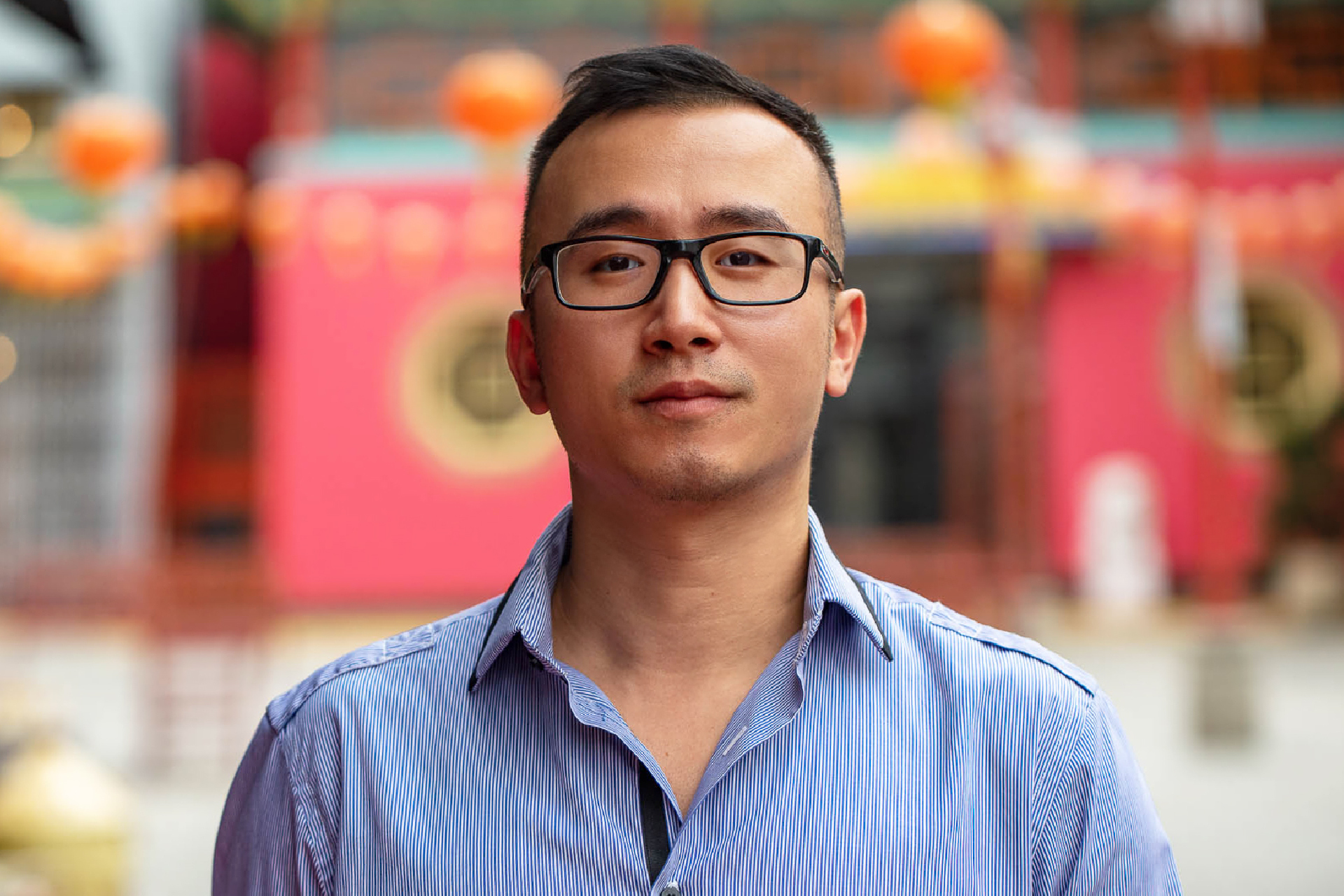
BO YUAN
senior designer
With a passion for painting, drawing, and photography, Bo was
drawn to landscape architecture for the chance to utilize his skills to make
meaningful changes to our surroundings. He relishes the breadth of the
discipline’s scope, from conceiving large-scale developments to perfecting
the little details which breathe life into them.
Originally from China, he
studied environmental art before moving to the US, where
he undertook a Master’s degree in landscape architecture at Ball State University
in Indiana. During his years working for Lifescapes
International in Orange County, he focused on high-end residential,
hotel, and resort projects based in China, gaining invaluable management
experience and a unique perspective: ‘a lens through which I can zoom in and zoom
out, from small design details to the big picture.’ After earning his
California license, he was attracted to SALT for its opportunity to work more
locally, in collaboration with a diverse community, and with far greater
ecological consciousness. He is motivated by the fact that ‘not everyone in Los
Angeles has access to green spaces’ and loves being part of a team working to
change that.
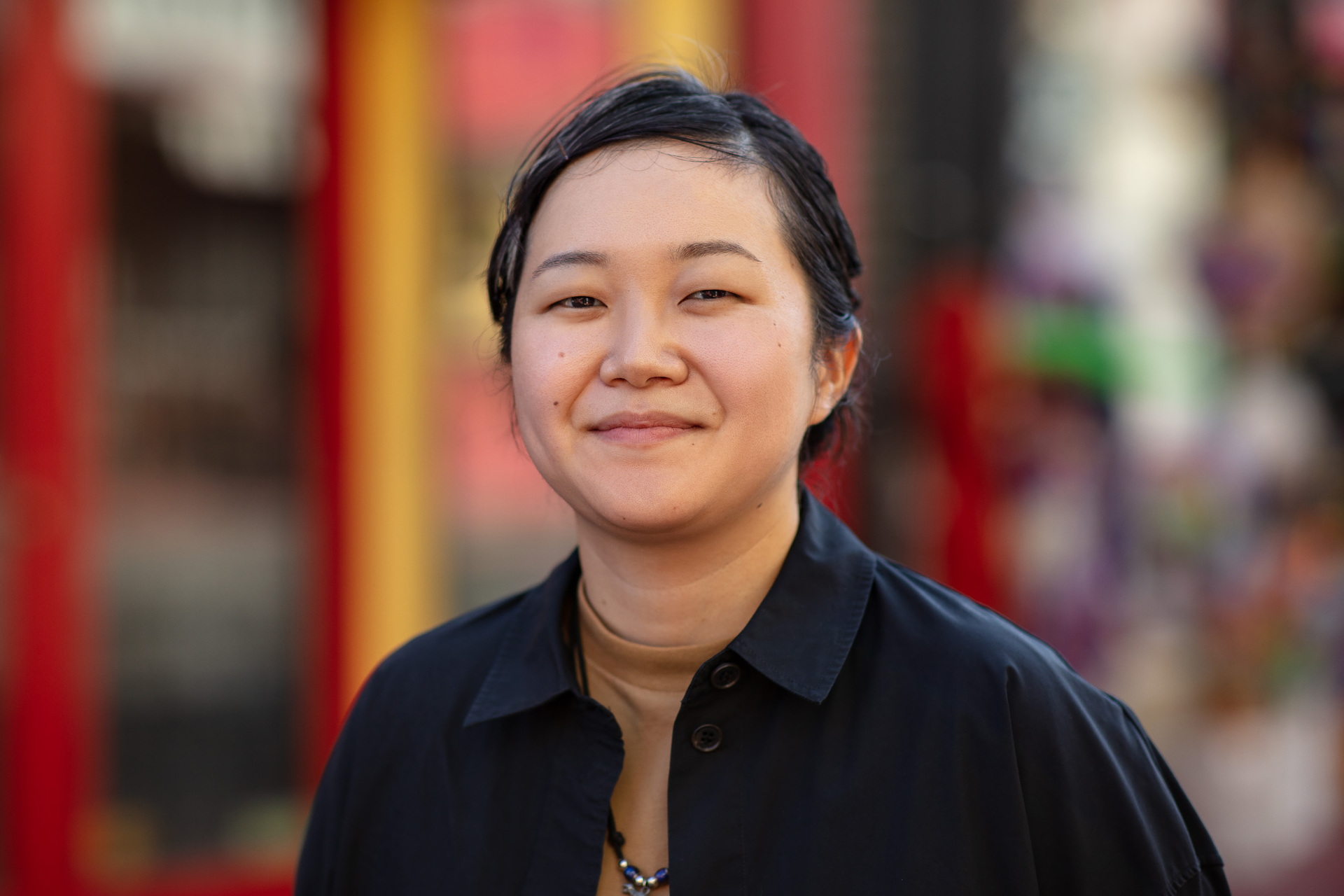
ERI YAMAGATA
associate
For
Eri, the greatest forms of art are uncovered and observed in the stories of
everyday experiences. After qualifying in architectural design, she took a
workshop with the Dutch textile artist Claudy Jongstra, which proved to be
transformative for her career pursuits. The artist keeps her own flock of sheep
to provide the wool for her work, which inspired Eri as a model of practice
integrated with self sufficient resources, at the convergence of design and
ecology. It also inspired her own textile projects, in which she uses everyday
food waste as dye to reveal one-of-a-kind hues that serve as a sort of visual
diary of each day. Her background in art now inspires her landscape designs, in
which material and form are paramount.
She
feels part of a generation of landscape architects that hold strong beliefs
about equality of space. Her involvement with the Unhoused Research Project at
SALT has led to voluntary work with the grassroots organizations in Los Angeles.
From her research work for SALT, Eri has also created See Hear Zine, a
collection of personal stories from the city’s population of unhoused
individuals.
With
her partner, Eri designs personalized hand drawn greetings cards and is working
on an illustrated children’s book. Her illustration skills are frequently
employed at SALT to convey landscape designs in a meaningful way, to enhance
the design narrative and uniquely speak to the intended end users.

GRACE SULLANO
associate principal
A
lifelong lover of plants, Grace began sketching architectural plans from the early
age of five. After studying environmental design, she worked for the Eames
Office before working for an urban design firm which eventually led her into
the world of landscape architecture. Along the way with her stylist sister, she
launched her own fashion line, Bon & Ging, which was inspired by cinema,
with an experimental, tailored aesthetic, and was produced locally in Los
Angeles
A
native to the city, Grace is passionate about its response to climate change
and the part landscape architecture can play, along with helping to introduce
equality and diversity into open spaces and restoring natural habitat to the
built environment. The global pandemic, she believes, has reinforced the
importance of access to open space, regardless of the resources of its users.
She
favors projects at the intersection of research and art, and those which look
to the future and use sustainable materials; ‘there are opportunities for
innovation everywhere,’ she says. Off-duty, she designs and builds furniture in
her home wood shop.
![]() ISAIAH KRIEGER
ISAIAH KRIEGER
designer
Belief in the importance of urban landscapes began at a young age for Isaiah, who grew up across the street from part of Olmsted’s Emerald Necklace in Boston. After studying history as an undergraduate, landscape architecture emerged as an opportunity to fuse his diverse interests in art, history, and environments both human and non-human. Prior experience as a studio assistant in a large New York-based firm afforded him the chance to contribute to Waterfront Toronto’s Port Lands Flood Protection project. The massive, highly complex effort to shift the mouth of the Don River and allow safe, climate-adapted urban renewal opened his eyes to the scope of landscape architecture’s agency.
He later earned an MLA from the Harvard University Graduate School of Design. At SALT, he relishes commitment to serving the needs of local communities, with projects ranging in scale from school playgrounds to a vision plan for the removal of the Matilija Dam in Ojai. With every project regardless of size, he hopes to raise people’s consciousness about their environment, its image, and its future adaptation.
![]() JAMES DINH
JAMES DINH
design consultant
With
an undergraduate degree in biology, and a master’s degree in public health specializing
in epidemiology, James saw a career in the sciences as his future. But, after a
short time working in a county immunization office, he found that he craved
something more creative than statistical, and landscape architecture brought
together strands of science, health, and botany, with artistic and design
aspects too. Now, he believes the role of landscape architecture is more
crucial than ever, particularly in Los Angeles, with its dearth of shared
public spaces, ‘so many of which, in reality, are private’, he notes.
In
collaboration with other artists and sculptors, James produces large scale
public art for projects across the US, which have recently included a new
granite fountain in Helena, Montana - topped with a sphere fashioned from steel
and bearing words such as ‘equality ‘ and ‘tolerance’ - to replace a previous
fountain dedicated to the Confederacy.
He has a particular interest in sites and places
of memory, and tackling those which do not acknowledge memory. James was a
finalist in the competition to design the National Native American Veterans
Memorial in Washington DC.
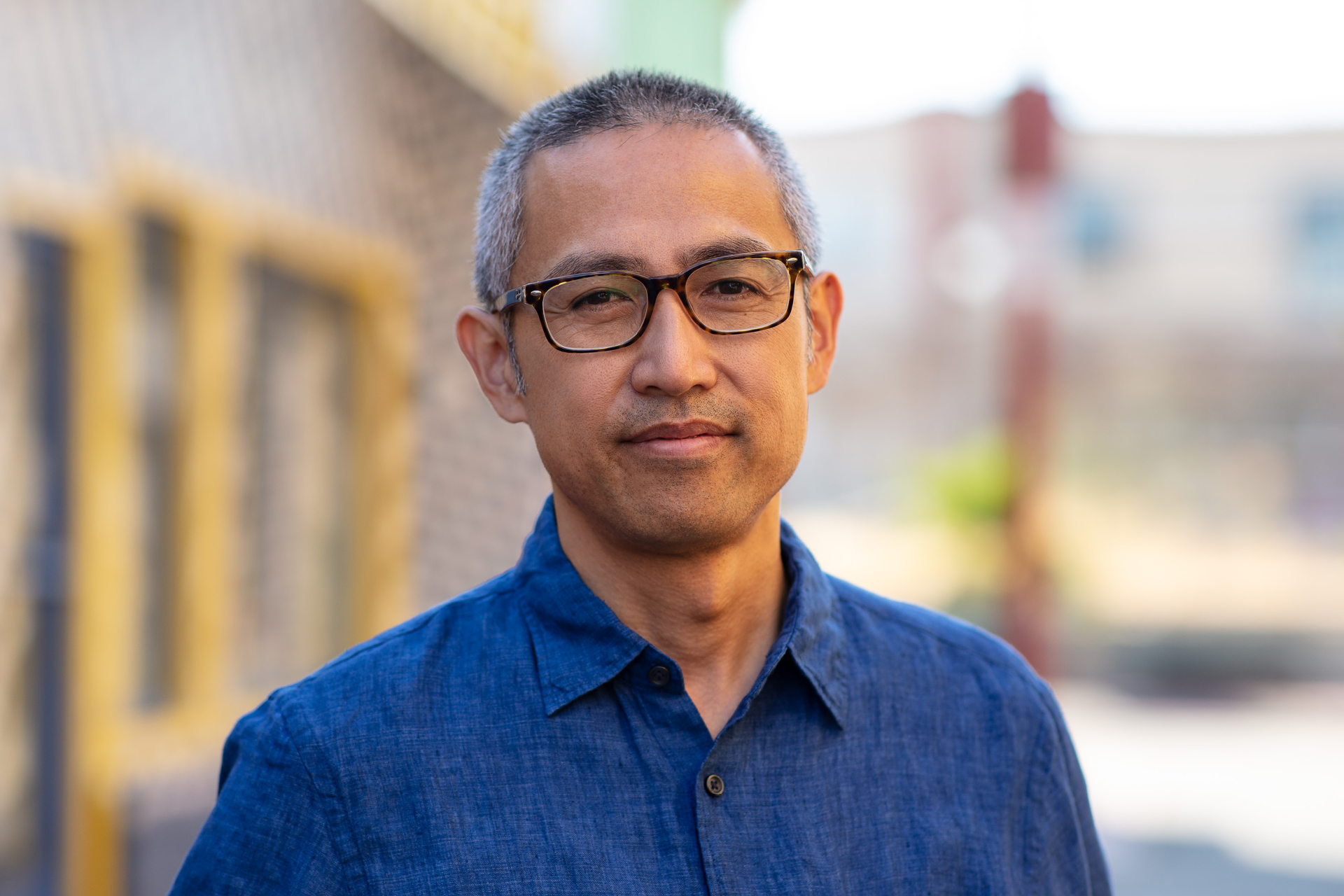 JAMES DINH
JAMES DINH![]() JISOO KIM
JISOO KIM
senior associate
Jisoo’s
interest in landscape architecture was first sparked while she was working on a
collaborative project for an animal crossing in Colorado, which allowed deer,
elk, and bears to safely cross a busy highway. The work inspired her to
contemplate a career which aimed to balance nature and the built environment.
‘I felt that rather than tearing things down, landscape architecture could put
something positive back into the universe,’ she says. And back into our planet
too; she has worked pro-bono on the design for a school in Lilongwe, Malawi,
using sustainable building methods and materials.
Extensive
travels in Greece have both fueled and fed her interest in the spatial aspects
of archaeological sites and island topographies, while touring Corbusier’s many
buildings in France informed her ideas about concept and space and function. At
home in Los Angeles, she has a particular interest in urban farming
methodologies and regenerative farming strategies, as well as projects for
schools, preschools, and creative campuses.
![]() KP KUO
KP KUO
designer
With a
background in art and graphic design, KP was drawn to landscape architecture
for its opportunity to create projects that are not only more tangible,
accessible, and long lasting, but also ever evolving for the continuous benefit
of the communities they serve.
Originally from
Taipei, they moved to Los Angeles at a young age, but their deep ties with
their home country inspire their work. The sense of collectivism she
experiences there and the sense of activism she gained in her new homes in Los
Angeles and Boston have fostered an appreciation for how spaces can act as
tools for community building across different regions. ‘It pushes me to design
with accessibility in mind; to try to bring people together,’ KP says.
During her
studies at Northeastern University, where her achievements made her a member of
the prestigious Huntington 100 recognition, her internships encompassed design
firms and organizations such as California Botanic Garden, where she developed
display designs. These experiences allowed KP to utilize their creative talents
while also enriching their understanding of the relationship between people,
places, and plants – a skillset they relishes bringing to their work for SALT,
from housing developments to major landscaping competitions.

LEIGHA DELBUSSO
associate
After a childhood in rural Pennsylvania, when Leigha relocated to Philadelphia to study, the lack of green space and access to nature in the city was jarring, and fueled her interest in the effect that the environment, and in particular the urban environment, has on human populations. Landing on a career in landscape architecture, she believes the discipline, previously better known for creating grand gardens for equally grand homes, is now ‘such a rich profession, with so much potential to make change’.
Her own schooling in the Rudolph Steiner system, which emphasizes creativity, curiosity, and individuality, and where ‘art was part of my learning from day one,’ influences her work today on school projects, where she aims to integrate creative approaches to learning and indoor/outdoor spaces.
She is motivated by social issues such as the homelessness crisis in Los Angeles, and a strong desire to break down the social and economic barriers that can segregate public spaces and render them exclusive or undemocratic, through design. Leigha is a certified yoga teacher – a practice that she also aims to help make less elitist and more representative.
![]() MICHELLE FRIER
MICHELLE FRIER
associate principal
A
native Southern Californian and dedicated Angeleno, Michelle was attracted to
the multidisciplinary nature of landscape architecture, and – hailing from a
family of artists, scientists, and educators - its marriage of art and science.
Studying under an interdisciplinary design program at Washington State
University and abroad at the University of Cambridge not only gave her fresh
perspectives on how users interact with landscape and space, but also instilled
in her a lifelong devotion for international travel.
Early
in her career, a mentor instilled the importance of passion and a pioneering
spirit, that ‘this isn't just something I just do, it’s a movement I want to be
to be a part of.’ She’s inspired by community-based projects, particularly
those that address the nature deficiency in urban areas and the inequitable
access to open space. A student of the Horticultural Therapy Institute, she
also sees landscape – whether school gardens, community farms, or large
regional parks – as a healing tool in mental and emotional issues.
With
a passion for public art in the landscape, she has participated in the design
and installation of multiple personal public art projects, and has written
numerous grants for both public and private projects that celebrate the connection
between art, architecture, and nature. Michelle sits on the board of the LA
Forum for Architecture and Design and teaches design studio in the landscape
architecture department at Cal Poly.
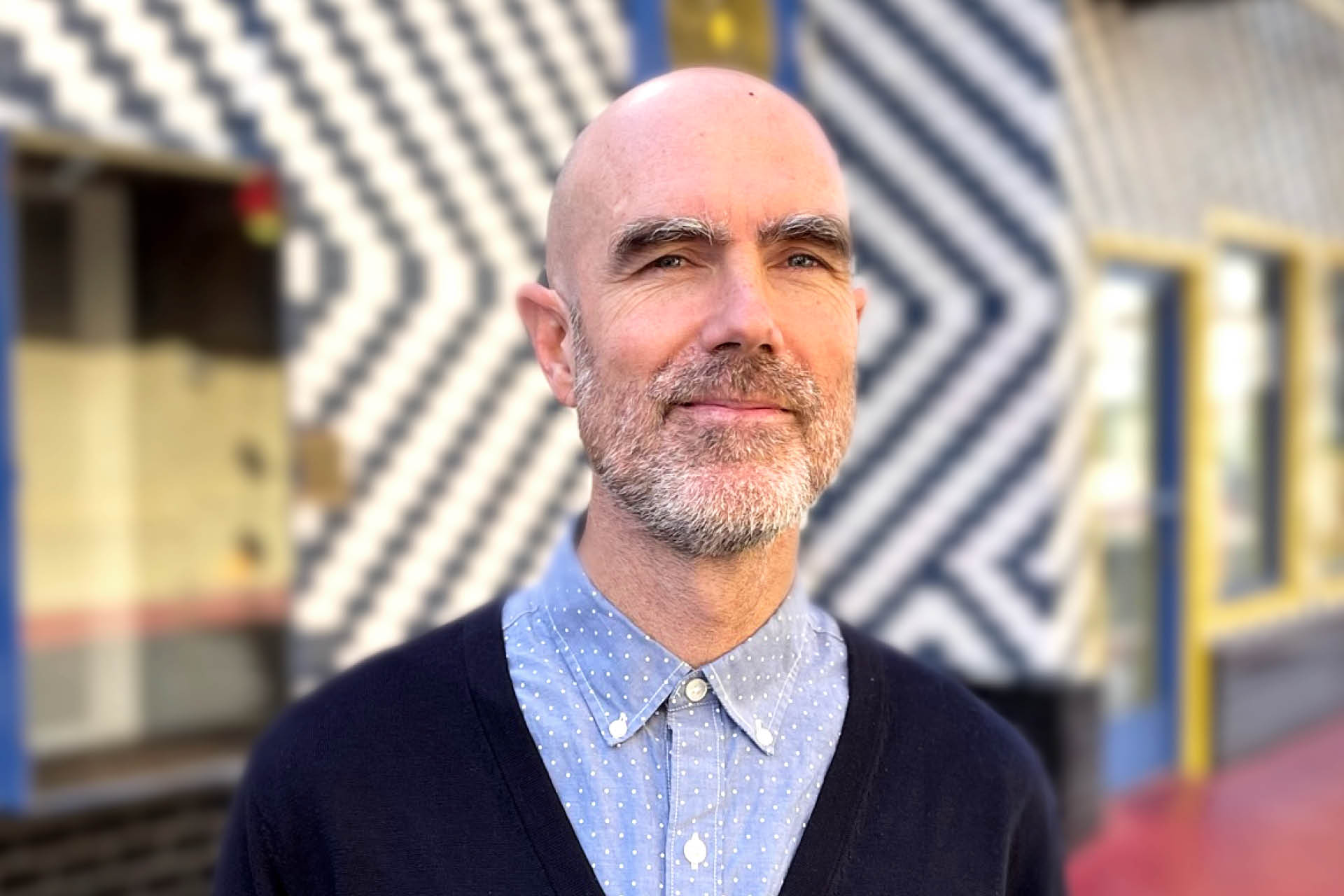
SEAN CARTER
senior designer
Sean began his career in landscape architecture after spending a decade working in business for an outdoor apparel company. Ready for his next adventure and seeking a purpose which chimed with his passions, he discovered landscape architecture and ‘totally fell in love with it.’
He was awarded his certificate with distinction from UCLA in 2018 and in his last role before arriving at SALT, he developed a specialty in greenways, bikeways, and hiking trails. A gardener since his early childhood, he focused on plant ecology during his undergraduate degree and later had a stint as an urban farmer for private clients– an expertise he has relished bringing to his recent work.
As someone who commutes by bike most days, he is eager to improve the pedestrian and cycling experience in Los Angeles. He is inspired by the depaving movement to strip away some of the concrete in urban areas and is intent on finding creative ways to ‘bring nature back into the city as much as possible.’ Off-duty, he shapes and sells custom surfboards.
![]() SASHA ANEMONE
SASHA ANEMONE
designer
Sasha’s circuitous path to landscape architecture took in passions which
are now at the core of her approach to design. Her background in social justice
and horticulture informs her sensitivity to both the physical and cultural
context of projects - the forces at play within the environment itself and the
needs of the people using it.
Originally from the East Coast, Sasha studied music and liberal arts
before following her longstanding love of horticulture and working as a
professional gardener. Later, she joined a non-profit seeking to end the death
penalty in the Unites States, an experience which strengthened her commitment
to addressing inequality wherever possible. Turning to landscape architecture
to draw together these complementary threads, she was named a Landscape
Architecture Foundation Olmsted Scholar in 2020.
After arriving in Southern California, she gained the perfect
introduction to the region’s diverse ecological environment and deepened her
understanding of her profession’s interplay with it by collaborating with the
plant and landscape expert Robert Perry. At SALT, whether working on a public
park, affordable housing development, or commercial projects, she values
creating spaces which are inclusive, compelling, and comfortable, while also
prioritizing responsiveness to the opportunities and challenges of Los Angeles’
climate.
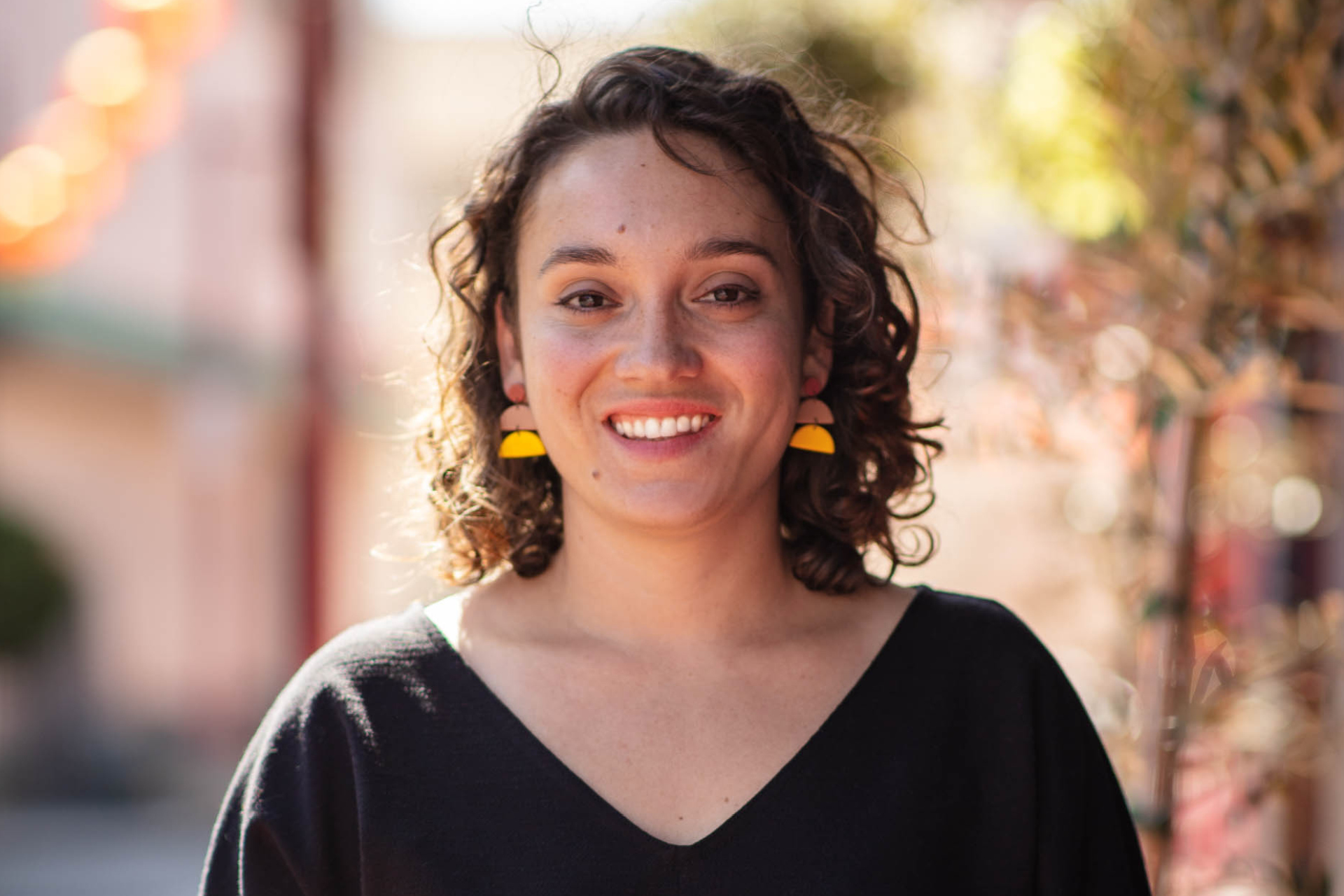 SASHA ANEMONE
SASHA ANEMONE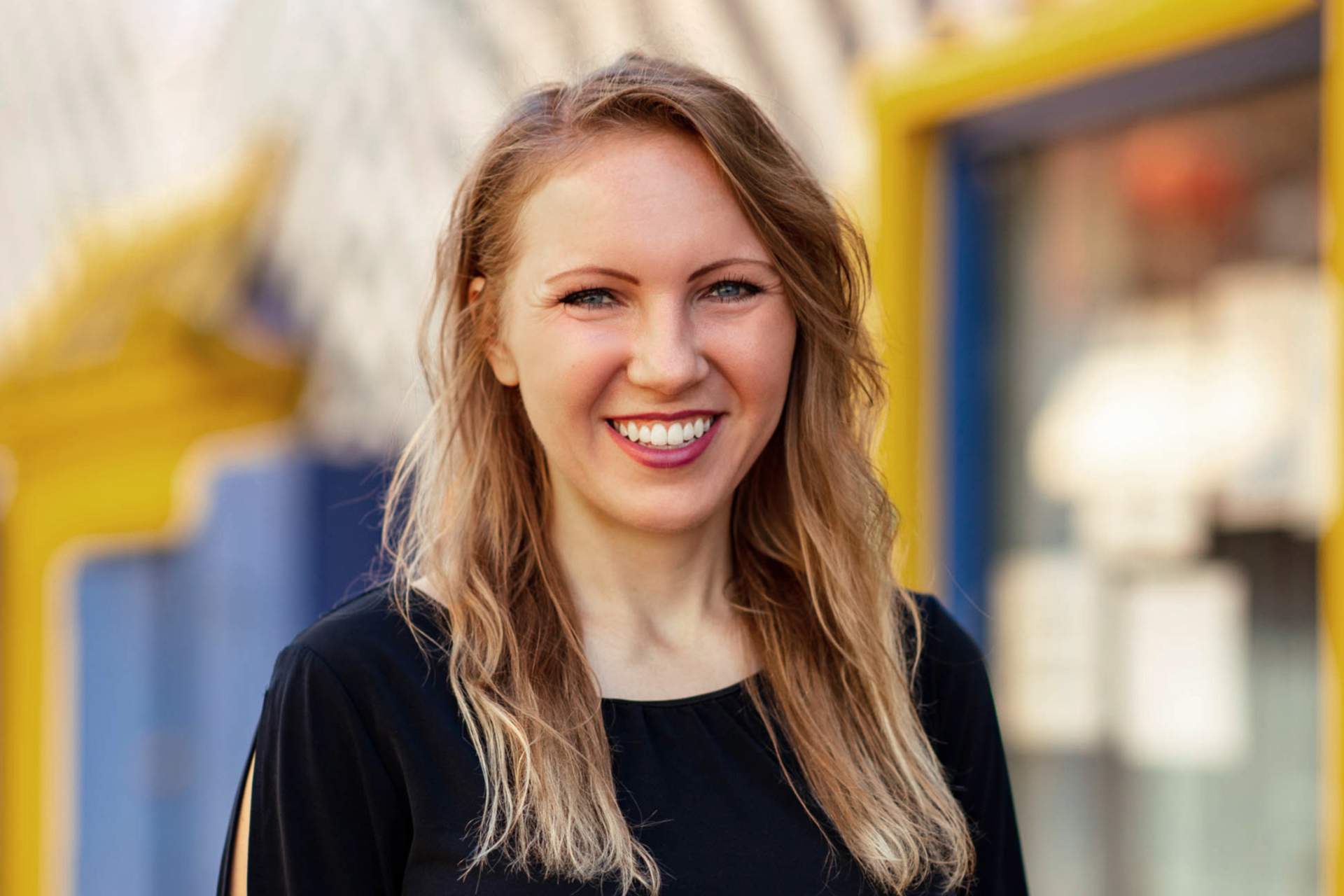
VERONICA SKOK
senior designer
Attracted to the blend of design and environmental stewardship afforded by landscape architecture, Veronica is passionate about inspiring an appreciation for the outdoors.
Before joining SALT, she was based in St. Louis, Missouri, designing theme parks and zoos spread across the United States. When she relocated to Los Angeles, the chance to change the scale of her work and focus on gaining an in-depth knowledge of a specific city was a major draw, as was the challenge of creating appealing green spaces in an urban context. ‘The pandemic has given us all more gratitude for those little moments of restoration while being outside,’ she says. Still a dedicated traveller, she has a particular interest in how different places succeed in encouraging people to gather and celebrate being outdoors, whatever their climate.
At SALT, she values the implementation of sustainable materials and California native plants. She strives to continue building her skills in BIM (Building Information Modeling) because she understands the benefits of its use in the practice of landscape architecture. She is intent on expanding her knowledge of fire-wise design in order to reduce the impact of the region’s catastrophic wildfires.
![]() YUMENG YAN
YUMENG YAN
designer
As a child growing up in a small rice farming town on the Yangtze River in China,
Yumeng learned the importance of the interplay between the natural environment,
people, and their cultural practices. Later, his family moved to a more metropolitan area
in the Southwest of the country; the contrast led him to a fascination with the idea that landscape is ‘a projection of a specific group of people on the land’.
As an undergraduate in his home country, he studied landscape gardening, with an
emphasis on the blend of natural elements and ornate buildings found in traditional
Chinese gardens. He moved to the US to earn his Master’s degree at Rhode Island School of Design (RISD), where he studied Western landscape
architecture. His
thesis took inspiration from his childhood experiences, exploring their American
counterpart - rice farming landscapes in Sacramento - for which he won RISD’s Thesis Award for Innovation. He also received the ASLA Rhode Island Chapter’s Honor Award for his work.
An admirer of the writer and environmental activist Gary Snyder, Yumeng brings a
humanist approach to his work, putting the needs of the people he is serving at the
heart of every project, whether residential, commercial, or public. At SALT, he is looking
forward to working on larger-scale public projects.
![]() HILDEGUN VARHELYI
HILDEGUN VARHELYI
creative director of special projects
In
her native Stockholm, Sweden, Hildegun founded the design studio Riifi, where
she was creative director for over a decade, working on brand strategy, marketing,
and advertising for fashion retailers including H&M and Benetton.
A
longstanding interest in garden history and urban design later drew her to
train as a landscape architect, through which she could also pursue her desire
to make cities more habitable and better places to live. She brings an innately
Scandinavian design aesthetic to her work, which she says is ‘is ingrained in
us’, along with an equally Scandinavian commitment to supporting the most
marginalized members of society and promoting social justice.
With
the coronavirus pandemic revealing the true extent of inequities in access to
open space, while also reinforcing its importance, Hildegun is committed to
helping solve this challenge through design of more democratic public spaces.
She also sees landscape design as having an urgent mission to work on issues of
climate change, and, particularly in Southern California, water shortages and
droughts.
Hildegun
is an adjunct artistic professor at SLU, the Swedish University of Agricultural
Sciences, and splits her time between Stockholm and Los Angeles.
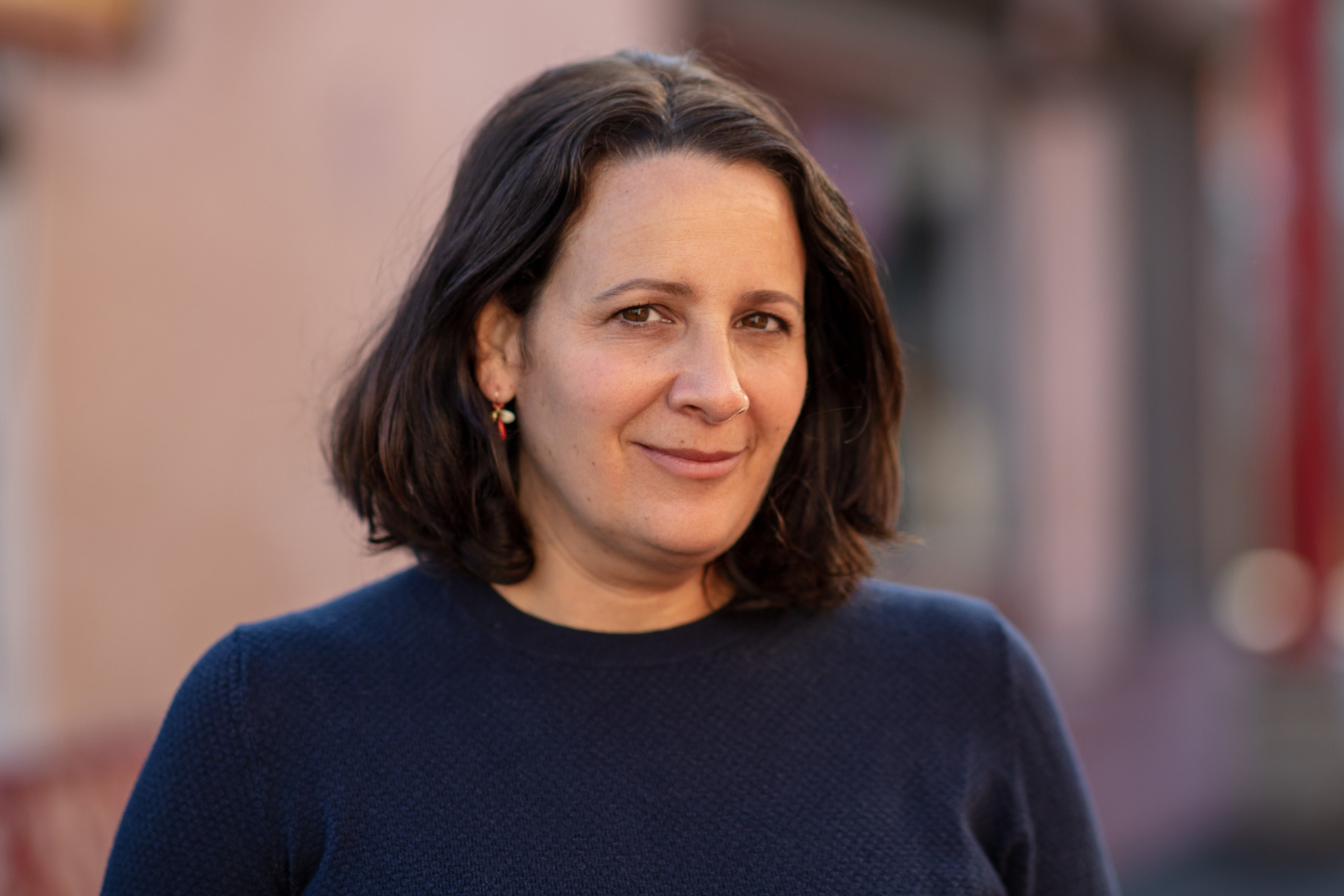
JAMIE HEITNER
design consultant
Growing up in Pittsburgh, Pennsylvania, in a household of antiques and enthusiastic gardeners, Jamie was raised with a strong appreciation for artifacts, and traditional, historical design sensibilities. Through her later studies, she developed a complementary appreciation of contemporary design and minimalism.
She majored in art history and spent a year abroad in Paris, and, after graduating, joined archaeological digs in Israel and worked as an objects art conservator at the American Museum of Art History and the Metropolitan Museum of Art. When she eventually realized she ‘didn’t only want to fix things,’ landscape architecture connected the dots, incorporating historical research, interior design, industrial design, nature, and ecology.
As a new mother in Los Angeles, she noticed the way in which children’s playgrounds created spontaneous and democratic social interaction, which inspired a strong interest in the design of parks, playgrounds, and community schools and gardens, as well as synagogues. With a keen sense of space planning, Jamie feels strongly about flow and how spaces are connected, as well as equality of access to green space in urban areas.

 ALLEN COMPTON
ALLEN COMPTON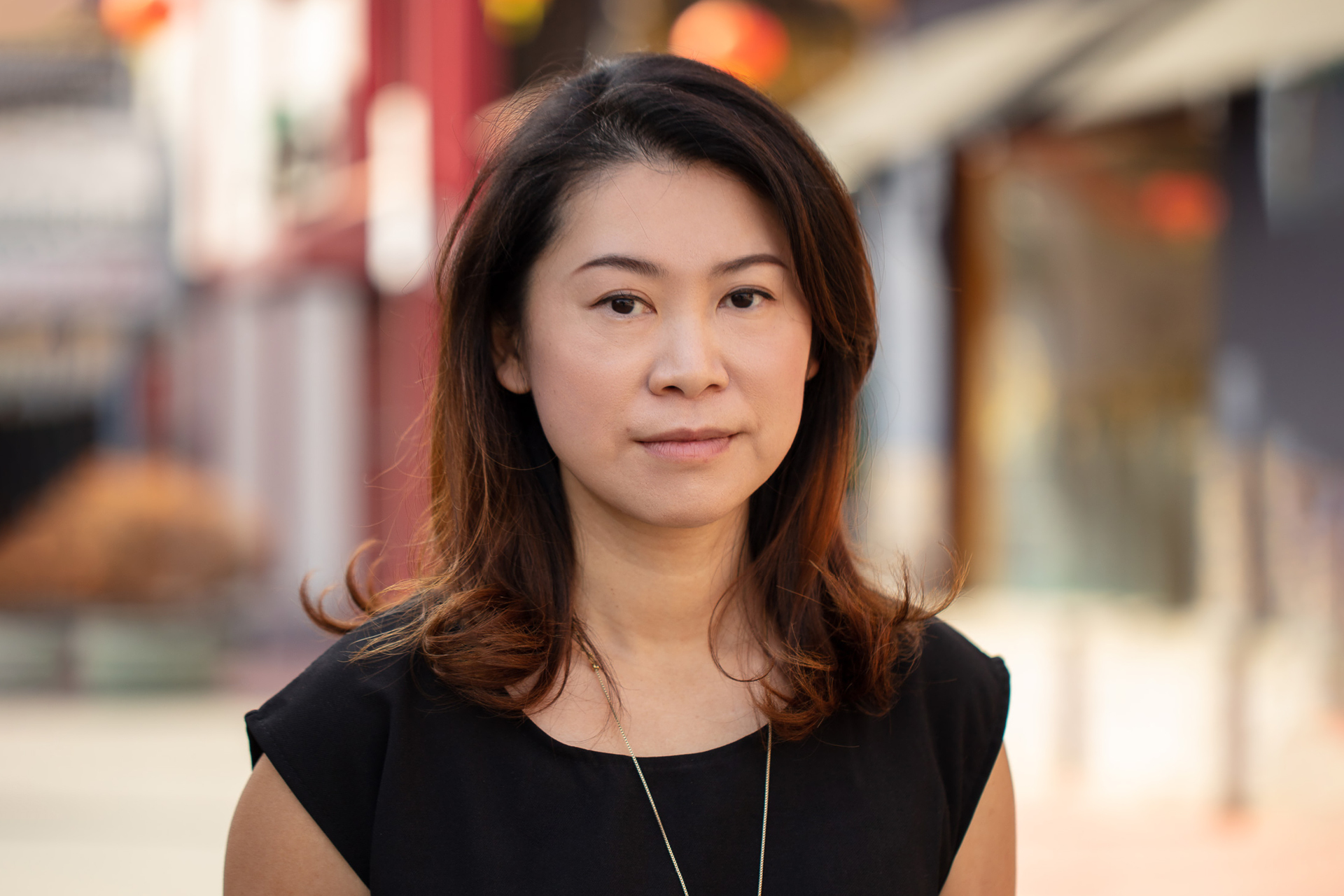 ANNIE PAI
ANNIE PAI
 ISAIAH KRIEGER
ISAIAH KRIEGER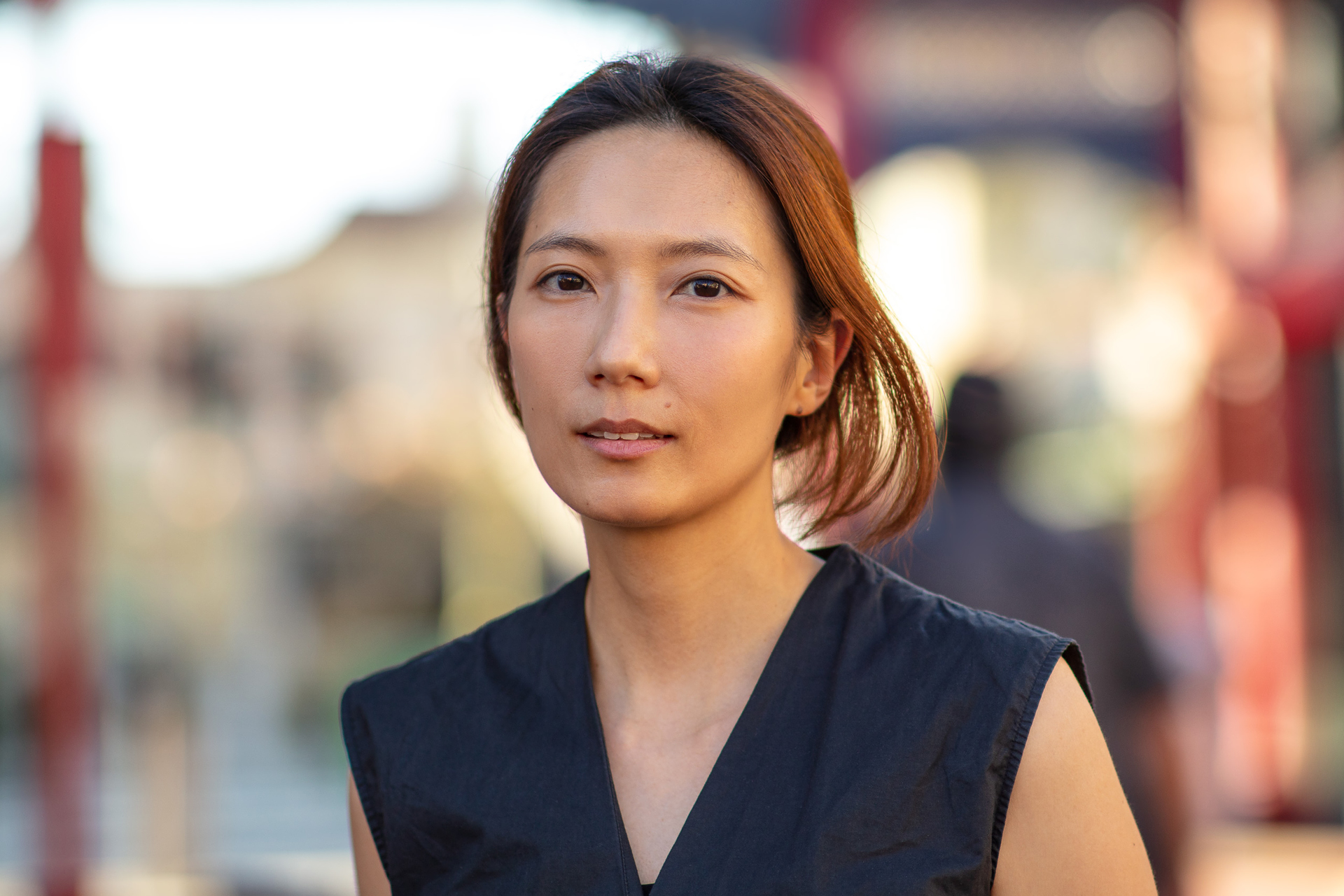 JISOO KIM
JISOO KIM
 KP KUO
KP KUO MICHELLE FRIER
MICHELLE FRIER YUMENG YAN
YUMENG YAN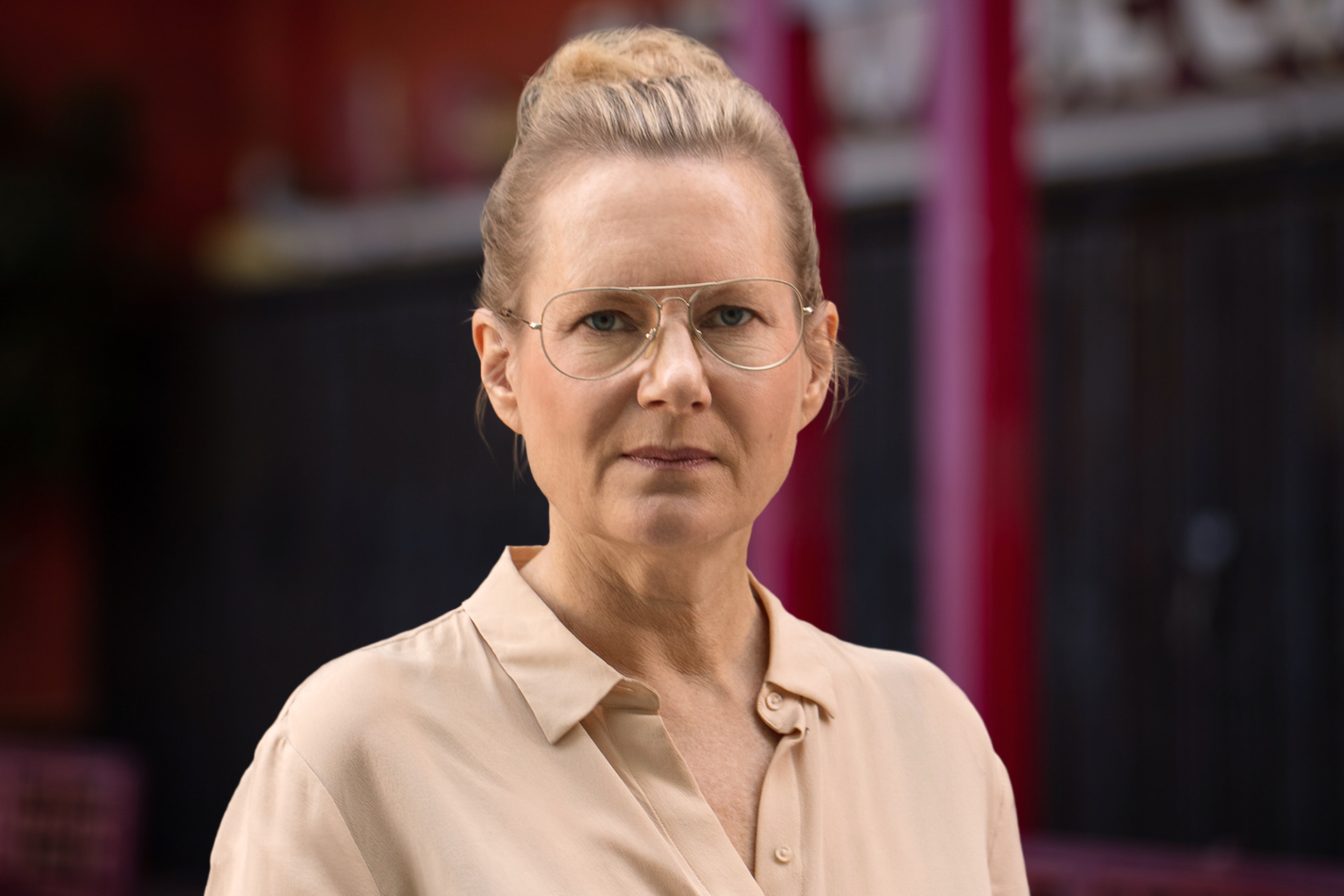 HILDEGUN VARHELYI
HILDEGUN VARHELYI